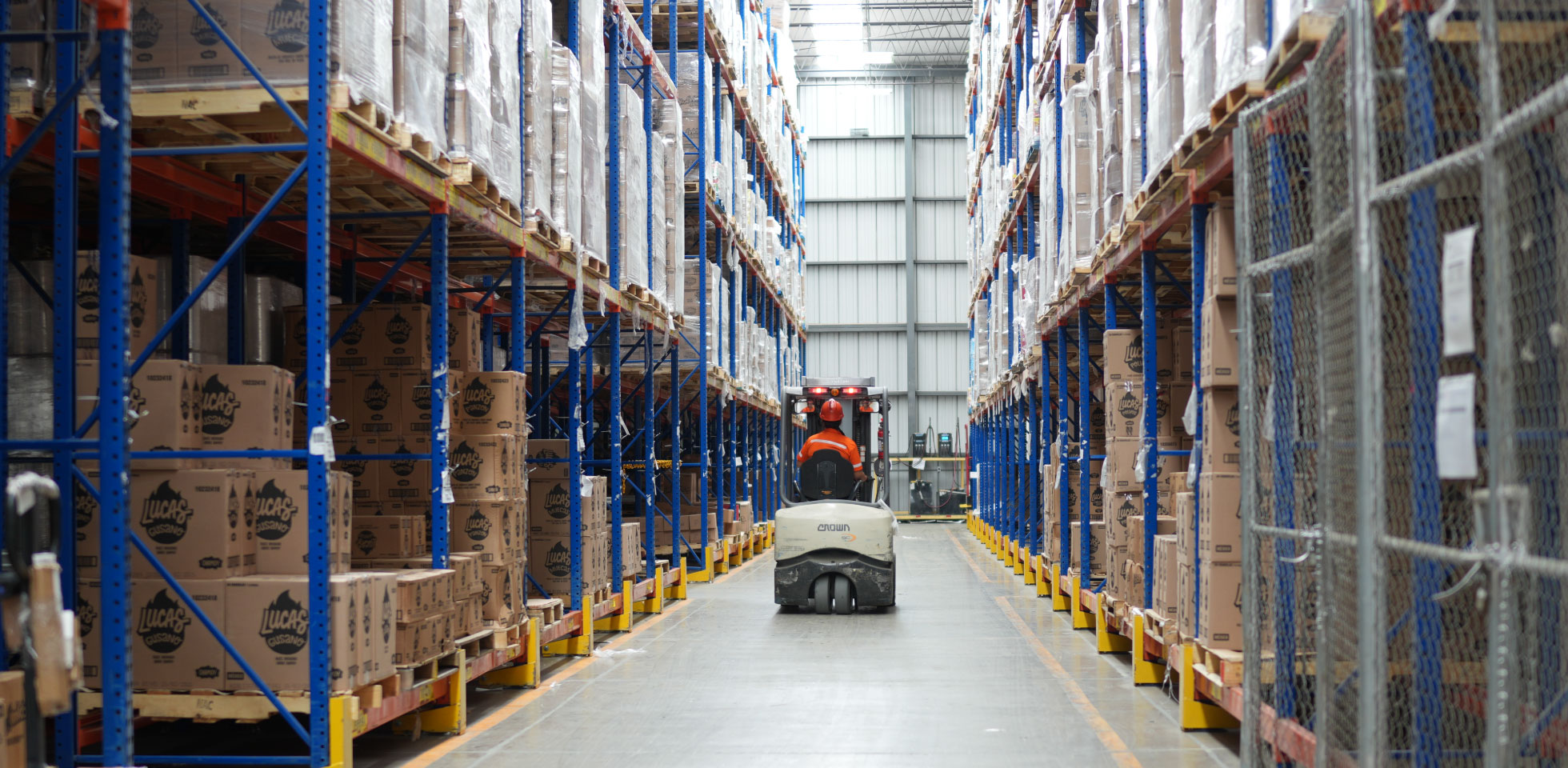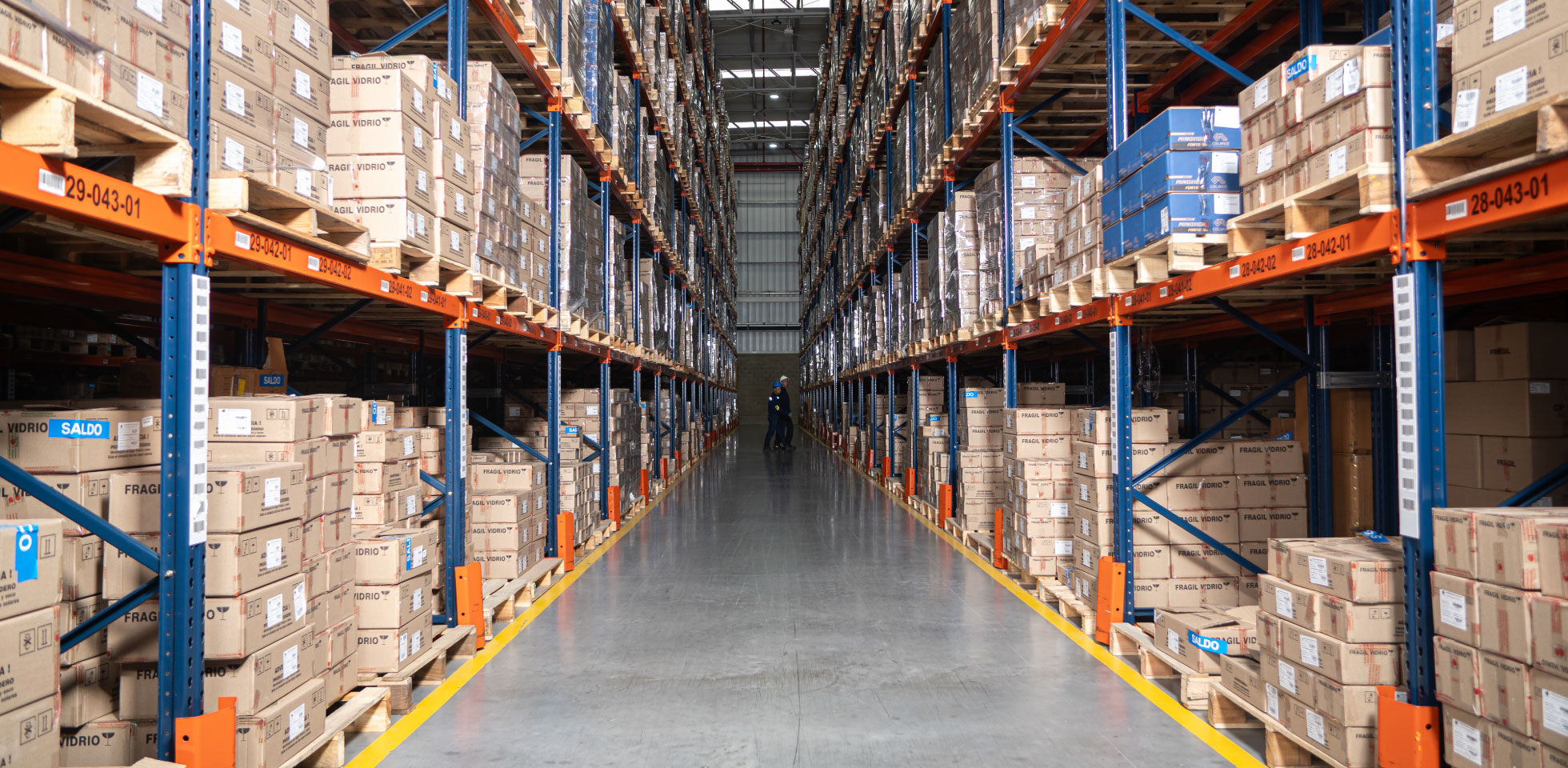Customs duties are taxes paid on imports and exports classified according to an international categorization system.
In Mexico, this system is called Política Arancelaria; it is an instrument used for various purposes, such as:
- Increasing the government’s tax income.
- Discourage the imports of similar or equal products as those manufactured domestically.
- Improve the trade balance by having fewer overall imports.
- Stimulate the domestic manufacturing of exports goods.
There is an open tariff policy in Mexico that springs into action only when a domestic productive sector needs protection. If that is not the case, the tariff is omitted or set at its minimal level.
Types of duties
There are several types and categories of customs duties:
- Ad Valorem, a percentage over the goods’ prices when arriving at the customs office. For example: a tariff of 20% ad valorem on wine means that if the price for one bottle is 10 dollars, the tax would be 2 dollars.
- Specific, calculated as cash value per import unit. For example: a car with a specific duty of 500 dollars per unit.
- Mixed, a combination of the two prior tariffs. For example: computers are subject to a specific duty of 5 dollars per unit plus 5% ad valorem on the total.
Categories range from:
- Quota means there is a tariff for a specific amount and value of goods leaving or entering a country, and another for imports or exports of those goods exceeding the limit.
- Seasonal means that tariffs are valid only during certain periods.
- Preferential means it is ruled by trade agreements or valid during the transition periods preceding the entry into force of those agreements.
Tariffs classification
Collecting taxes varies depending on the goods’ customs value as classified and identified by an international system based on 8 digits and called “tariff schedule”.
The first six digits correspond to the classification agreed by WTO’s member countries, and the last two digits are the ID of the importing country (01, for Mexico).
The first six digits of the tariff schedule define the chapter, heading, and subheading; to complete the tariff schedule, we add the two ID digits. For example, wood furniture used in kitchens have the HS code 9403.40.01, let’s decode it:
94, the chapter for Furniture: Furniture, among them those of prefabricated buildings.
9403, the heading: Other furniture and parts thereof.
9403.40, the subheading: Wooden furniture of a kind used in the kitchen.
9403.40.01, the tariff schedule for: Wooden furniture of the kind used in the kitchen for imports in the case of Mexico.
Professional and Strategic Support
Finding out the right tariff schedule to pay your applicable taxes can be difficult to master. To avoid making costly mistakes we suggest hiring the customs services of a 3PL company.
Because of their knowledge and experience, this kind of strategic partners can help you save on added costs coming from:
- Fines due to incorrect classification.
- Tax updates.
- Document amendment costs.
- Extra storage costs due to delays.
- And the highest cost of them all: shortages and not meeting your clients deliveries.
3PL companies offer specialized services like dealing with customs brokers for imports and exports cargoes, supporting the customs classification of your products, and other services such as legal advice, international sea and land freight, cargo consolidation, shipment coordination, multimodal transportation, and management of international insurance, among many other.
Do not risk setbacks that may affect your customer service and your business good standing.
Consult with a 3PL with the experience and updated knowledge on your country’s trade policy and task it with all your customs procedures.
More than a mere supplier of logistics services, it will become your strategic partner for your international trade activities.
 *This blog was originally published on December 20 2018 and modified on April 19 2022.
*This blog was originally published on December 20 2018 and modified on April 19 2022.
.jpg)





